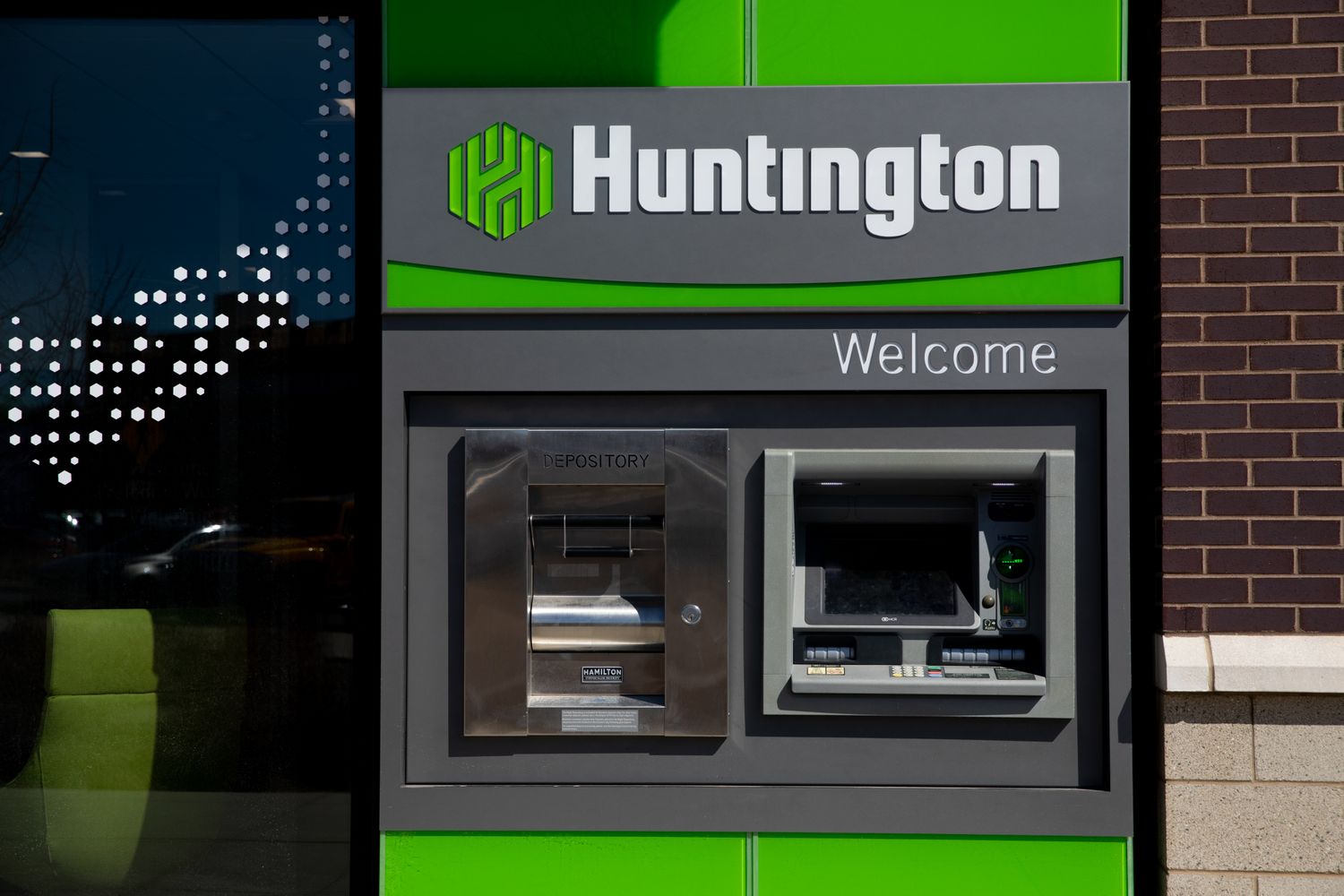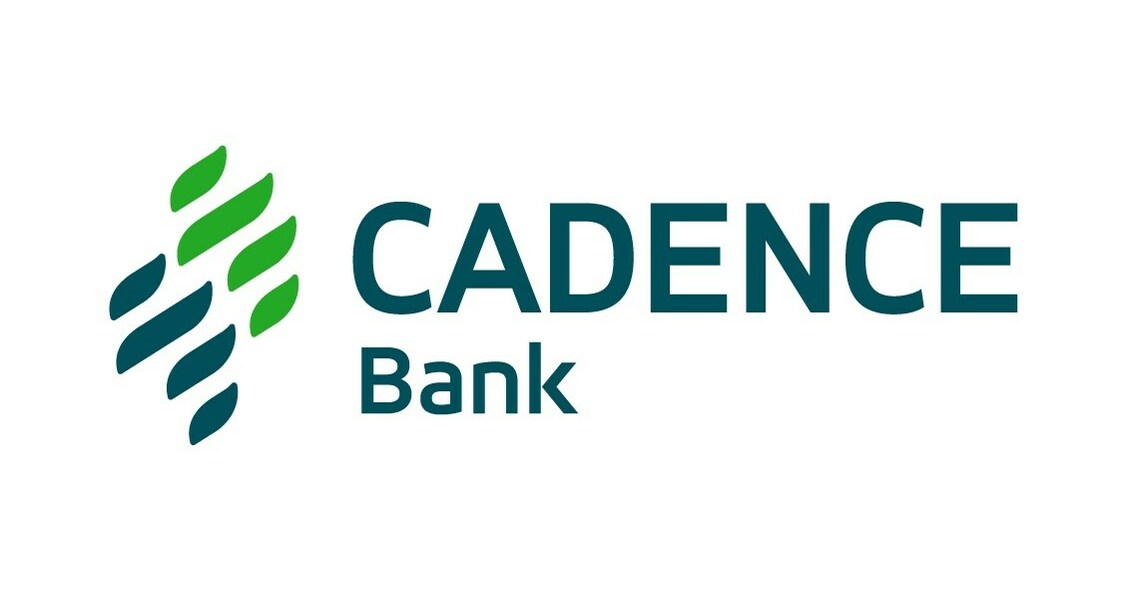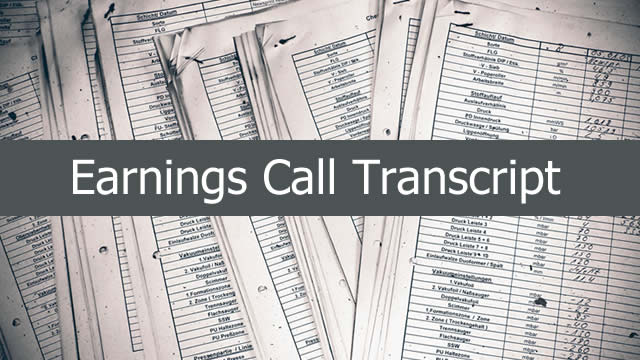
CADE
Cadence Bank
$40.48
0.64
(1.59%)
| Exchange: | |
| Market Cap: | 7.474B |
| Shares Outstanding: | 17.045M |
About The Company
| Sector: | Financial Services | |||||
| Industry: | Banks – Regional | |||||
| CEO: | James D. Rollins III | |||||
| Full Time Employees: | 5356 | |||||
| Address: |
|
|||||
| Website: | https://cadencebank.com |
Cadence Bank provides commercial banking and financial services in the United States. Its products and services include consumer banking, consumer loans, mortgages, home equity lines and loans, credit cards, commercial and business banking, treasury management, specialized and asset-based lending, commercial real estate, equipment financing, and correspondent banking services. The company’s products and services also comprise small business administration lending, foreign exchange, wealth management, investment and trust, financial planning, retirement plan management, and personal and business insurance services. As of March 3, 2022, it operated approximately 400 branch locations across the South, Midwest, and Texas. The company was incorporated in 1876 and is headquartered in Tupelo, Mississippi.
Click to read more…
Revenue Segmentation
EPS
Earnings Call
Income Statement
(* All numbers are in thousands)
Balance Sheet
(* All numbers are in thousands)
Cash Flow Statement
(* All numbers are in thousands)
Analyst Estimates
(* All numbers are in thousands)







